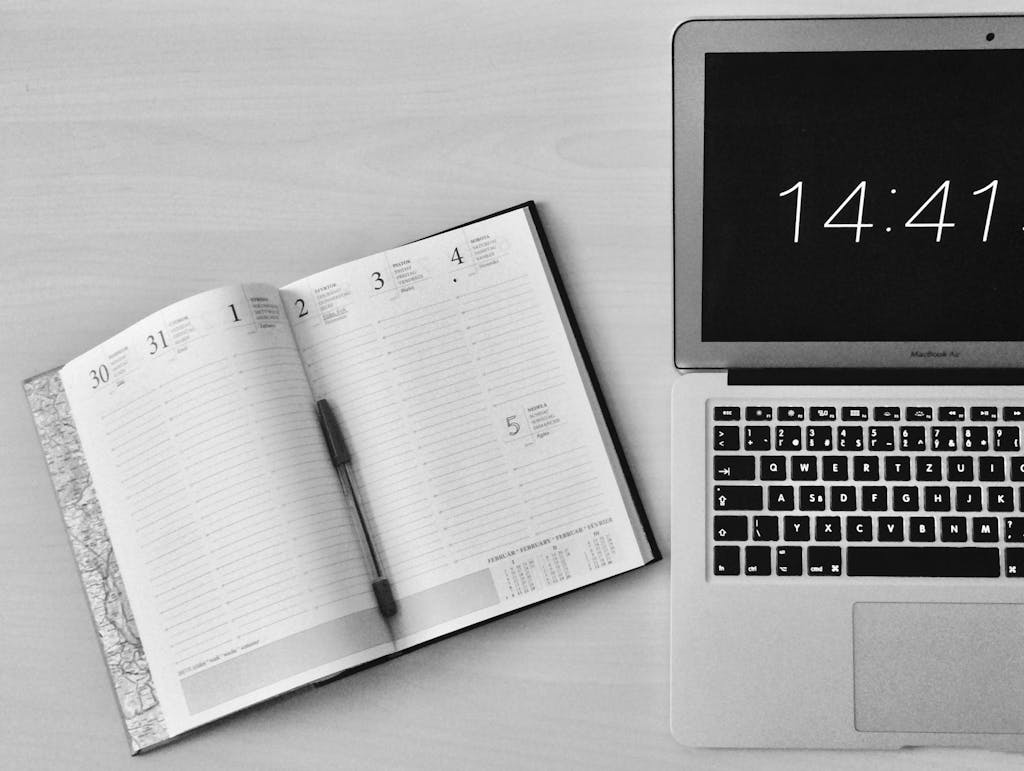Introduction
Work-life balance is more than just a buzzword; it’s a fundamental aspect of living a fulfilled life. In today’s fast-paced world, finding equilibrium between professional responsibilities and personal interests has become increasingly elusive. This comprehensive guide will explore effective strategies, backed by my own experiences, to help you achieve a harmonious work-life balance.

Understanding Work-Life Balance
What Is Work-Life Balance?
Work-life balance refers to the equilibrium between personal life and work life. Essentially, it’s about finding a healthy compromise that allows you to perform your job without sacrificing quality time with family, friends, or yourself.
Benefits of Achieving Work-Life Balance
- Improved Health: Less stress and burnout, leading to better physical and mental health.
- Increased Productivity: Greater focus and efficiency during work hours.
- Enhanced Relationships: Stronger personal connections and family time.
- Greater Job Satisfaction: More meaningful and satisfying work experiences.
According to Sheryl Sandberg, “Work-life balance is a battle fought on many fronts. Every time you one up one area, another can suffer.”
Assessing Your Current Balance
Evaluate Your Priorities
Identify what truly matters to you. This could be spending quality time with family, advancing in your career, or pursuing personal hobbies. Write them down and rank them in order of importance. Reflect on where your time currently goes and see how well it aligns with these priorities.
For instance, a few years ago, I conducted this exercise and realized I was prioritizing my career at the expense of my personal life. This realization was pivotal in helping me restructure my daily routine.
Track Your Time
Using a time-tracking app or journal can provide insights into how you spend your day. For a week, note down all your activities, from work tasks to leisure time. This exercise will help you identify areas of imbalance and opportunities to make adjustments.
Personally, I used a simple spreadsheet to log my activities every hour for a week. It was enlightening to see how much time I spent on non-essential tasks.

Setting Boundaries
Define Work Hours
Establishing clear work hours creates a distinction between professional and personal time. Inform your colleagues and clients about your availability to set expectations. For instance, I make it a point to shut down my work computer at 6 PM each day, ensuring that evenings are dedicated to family and relaxation.
Defining these boundaries not only helped me to be more present with my family but also improved my productivity during work hours, as I knew I had a set amount of time to complete my tasks.
Learn to Say No
Taking on too much can lead to burnout. Politely decline additional assignments if your plate is already full. Use phrases like, “I’d love to help but I’m currently working on a project with a tight deadline.”
Learning to say no was a game-changer in my life. By being selective about the projects I took on, I could focus on what truly mattered to me.
Time Management Techniques
The Pomodoro Technique
Break your work into 25-minute focused intervals followed by a 5-minute break. This method improves concentration and prevents burnout. I’ve personally found that the Pomodoro Technique helps me accomplish tasks more efficiently, allowing more time for personal activities.
For example, when writing reports or handling complex tasks, I use a timer to adhere to the Pomodoro intervals. It surprising how effective such a simple technique can be.
Prioritize Tasks
Identify your most important tasks (MITs) and tackle them first. Use tools like the Eisenhower Matrix to categorize tasks based on their urgency and importance.
Each morning, I list my top three priorities for the day. This practice helps me stay focused and ensures that I address my most critical tasks first.
Incorporating Flexibility
Remote Work Opportunities
If possible, negotiate remote work days. This can save commuting time and offer a more comfortable working environment.
When I started working from home two days a week, I found that I could better manage my time and reduce stress. It provided the flexibility to handle personal errands and be more productive.
Flexible Scheduling
Talk to your employer about flexible work hours. This could mean starting earlier or later in the day to better accommodate personal responsibilities. For example, I adjusted my work schedule to start an hour earlier, which allows me to attend my child’s soccer practice in the afternoon.
This adjustment not only allowed me to support my child’s activities but also led to forming deeper bonds with other parents and community members.
Self-Care Practices
Physical Well-being
Regular exercise, proper nutrition, and adequate sleep are crucial. Physical activity boosts energy and reduces stress.
Every morning, I dedicate 30 minutes to a workout routine. This habit has significantly improved my energy levels and mood throughout the day.
Mental Well-being
Incorporate mindfulness and relaxation techniques like meditation or yoga into your routine. These practices can help reset your mind and provide mental clarity.
I spend 10 minutes each evening practicing mindfulness meditation. This practice helps me unwind from the day and prepares me for a restful night’s sleep.
Personal Hobbies
Engage in activities that bring joy and relaxation. Whether it’s reading, gardening, or painting, hobbies offer a creative outlet and reduce stress.
Reading has been my go-to hobby. Spending 30 minutes a day feeding my mind with new ideas from a great personal development book provides a sense of accomplishment and tranquility.
Leveraging Technology
Digital Tools
Utilize apps that promote productivity and balance, such as calendar apps, task managers, and health trackers.
I use tools like Trello for task management and Google Calendar to schedule my day. These tools help me stay organized and ensure I allocate time for both work and personal activities.
Disconnect Regularly
Set boundaries for technology use. Designate tech-free times, especially during meals or family gatherings, to ensure you’re present and engaged.
“Almost everything will work again if you unplug it for a few minutes, including you.” – Anne Lamott
Implementing tech-free zones, especially during dinner, has deepened my relationships with family members.

Conclusion
Achieving work-life balance is an ongoing journey that requires intentional actions and adjustments. By assessing your current balance, setting boundaries, managing your time effectively, and prioritizing self-care, you can create a more harmonious blend of professional and personal life. Remember, the ultimate goal is not perfection but finding a sustainable rhythm that brings fulfillment and joy.






One Comment
Comments are closed.